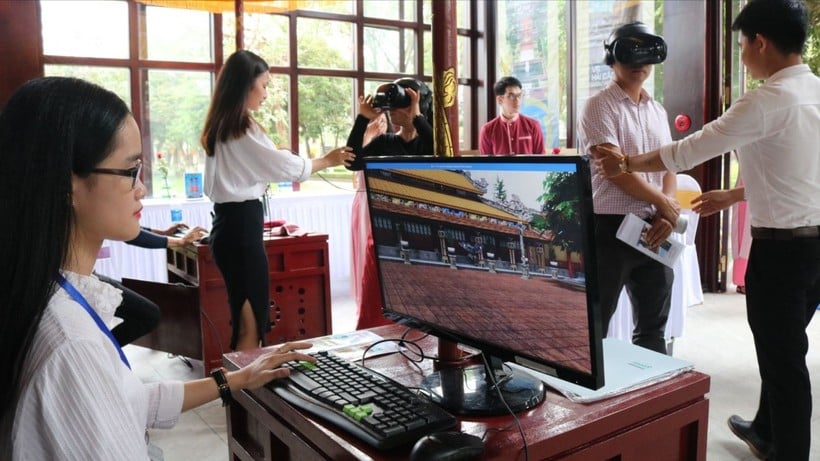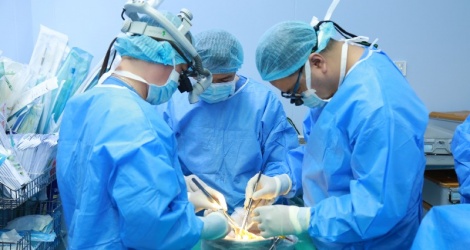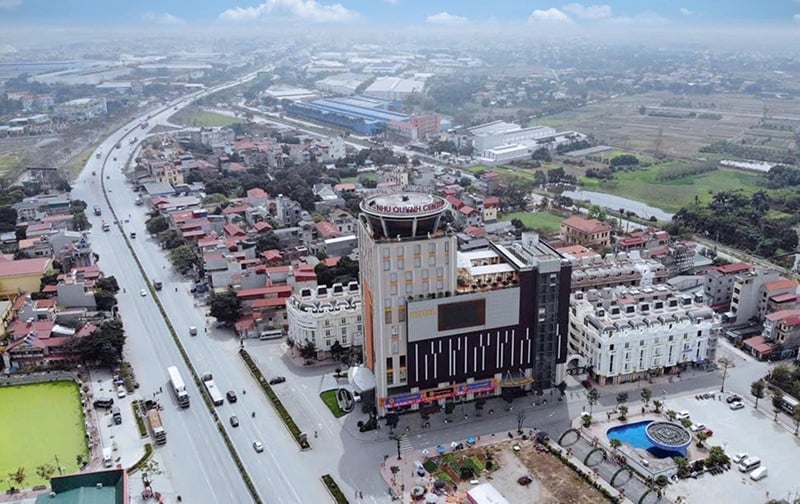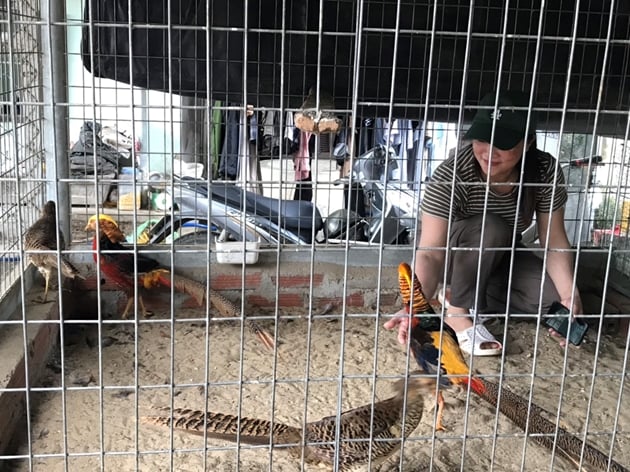In recent years, to optimize treatment results, at 108 Military Central Hospital, 3D printing technology has been applied in the entire process from simulation design to surgical planning.
In recent years, to optimize treatment results, at 108 Military Central Hospital, 3D printing technology has been applied in the entire process from simulation design to surgical planning.
Recently, the Center for Craniofacial and Plastic Surgery, 108 Central Military Hospital received a 30-year-old female patient who came for examination with swelling and deformity in the right cheekbone and upper jaw area.
 |
| Illustration |
After being examined by doctors and having a CT scan, the patient was diagnosed with ameloblastoma. This is a benign tumor but it grows very quickly, destroying the jaw bone.
The patient then underwent surgery to remove half of the upper jaw bone to remove the entire tumor. However, this left a large defect, which risked causing severe facial deformity after surgery, as well as affecting chewing and respiratory functions.
Doctors at 108 Military Central Hospital performed an "instant" reconstruction of the upper jaw bone in the same surgery for the patient using a bone flap taken from the patient's own leg through microsurgery techniques.
The patient was then able to leave the hospital and return to normal life and work after the dangerous tumor was completely removed and a balanced face was still preserved.
To have a successful surgery and completely reconstruct the patient's face, the doctors used 3D technology to plan the entire surgery in detail. This is one of the new medical advances being researched in developed countries around the world.
Doctor Le Kim Nha, Department of Plastic Surgery and Microsurgery, 108 Central Military Hospital, the above patient's case is one of the cases in the past year diagnosed with cancer or maxillofacial ameloblastoma at the Center for Craniofacial Surgery and Plastic Surgery, 108 Central Military Hospital.
All patients then underwent detailed preoperative planning using 3D technology and microsurgical maxillofacial reconstruction using a fibula flap.
The emergence of 3D technology in recent years has opened up many applications in different areas of life. Especially in the medical field, 3D technology is a trend in developed countries around the world and promises to bring many prospects to support surgeons in difficult and complex surgeries.
At the Center for Craniofacial and Plastic Surgery, doctors use 3D simulation software to plan preoperatively on CT images of the patient's own jaw and fibula.
Surgeons perform bone reconstruction and “simulated” surgery on computer software with tasks such as bone cutting and bone shaping, with precision down to the millimeter.
After “simulating surgery” on the computer, the doctor will proceed to build and print bone models and bone cutting guides using 3D printed materials. These models will guide the surgeon in the actual surgery to perform the operations as planned in advance. This helps reduce the time and complexity of the surgery and especially helps to increase the accuracy to a very high level.
Dr. Pham Ngoc Minh, Department of Plastic Surgery and Microsurgery, 108 Central Military Hospital said, to reconstruct the maxillofacial bone, we take a fibula flap along with small blood vessels that nourish the bone from the patient's leg. Then, we connect it to the blood vessels in the facial area using a microscope.
This is a complex technique, so surgeries usually last 8-10 hours. But now, thanks to the application of pre-operative planning technology on software and 3D printing models, the surgery time has been significantly reduced to only 5-6 hours, and may even be shorter in the future.
Thanks to the accuracy of the bone shaping results, we can attach dental implants in the same surgery, helping patients save costs and the number of subsequent interventions.
Not only in the field of surgery to treat maxillofacial diseases, 3D technology is also applied in cosmetic surgery to create facial contours such as jaw surgery, cheekbone reduction, and jaw angle reduction.
The bone guide trays are meticulously designed before surgery to ensure safety, avoid important nerve structures and increase efficiency, ensuring facial symmetry after surgery.
The application of 3D technology in surgery is being routinely performed at the 108 Military Central Hospital and is bringing many practical benefits to patients and doctors, while opening up many new directions in medicine.
Source: https://baodautu.vn/ung-dung-cong-nghe-in-3d-trong-dieu-tri-ung-thu-xuong-ham-mat-d246503.html



































Comment (0)